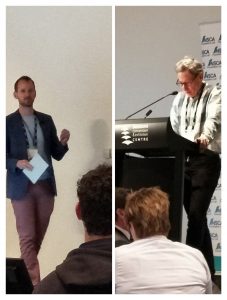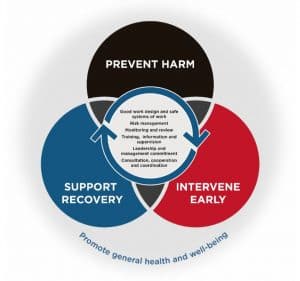
Professor Andrew Hopkins is one of Australia’s most prominent critics of how the term “Safety Culture” is used by the occupational health and safety (OHS) profession and businesses generally. Last week, Dr Tristan Casey followed Hopkins’ presentation at a Brisbane safety conference and was put on the spot as his presentation was not really compatible. This happens at conferences and diversity of thought should be applauded but it is difficult for the second speaker and can be confusing for the audience.
Hopkins addressed seven propositions, each of which, challenge the management of OHS



 Occupational health and safety (OHS) is easy. Change is hard. OHS can identify workplace hazards and risks but it is the employer or business owner or Person Conducting Business or Undertaking (PCBU) who needs to make the decision to change. All of this activity occurs within, and due to, the culture of each workplace and work location. OHS lives within, and affects, each company’s organisational culture but a safety subculture is almost invisible, so it is worth looking at the broader organisational culture and there is no better show, at the moment in Australia, than
Occupational health and safety (OHS) is easy. Change is hard. OHS can identify workplace hazards and risks but it is the employer or business owner or Person Conducting Business or Undertaking (PCBU) who needs to make the decision to change. All of this activity occurs within, and due to, the culture of each workplace and work location. OHS lives within, and affects, each company’s organisational culture but a safety subculture is almost invisible, so it is worth looking at the broader organisational culture and there is no better show, at the moment in Australia, than  The
The  Victoria’s Premier
Victoria’s Premier